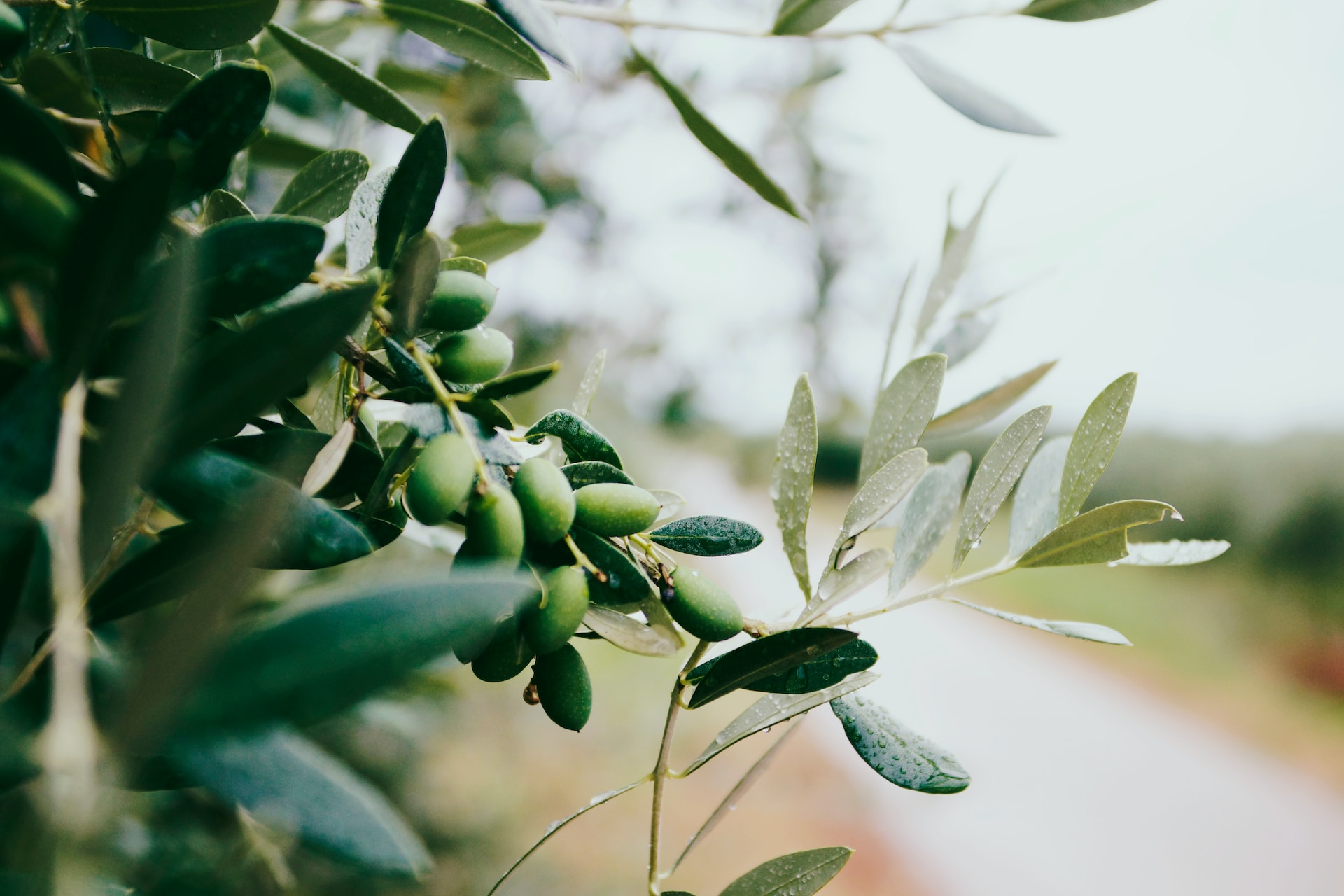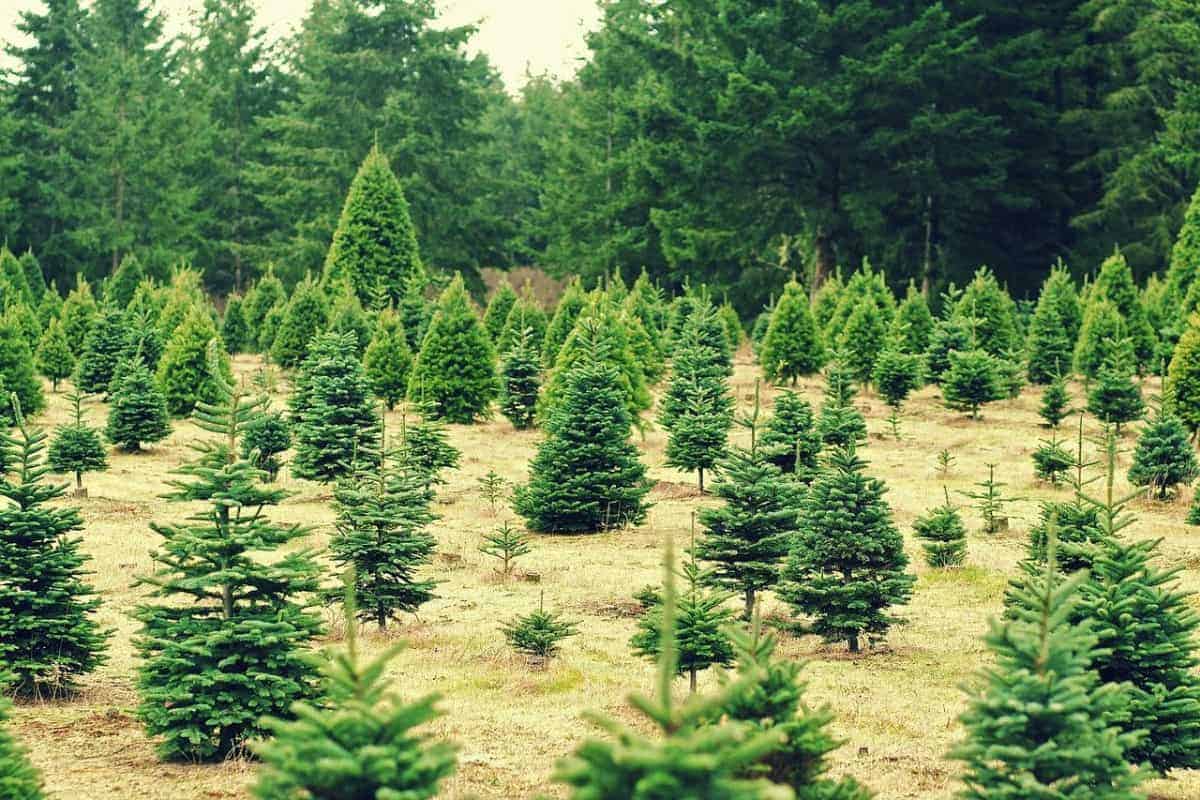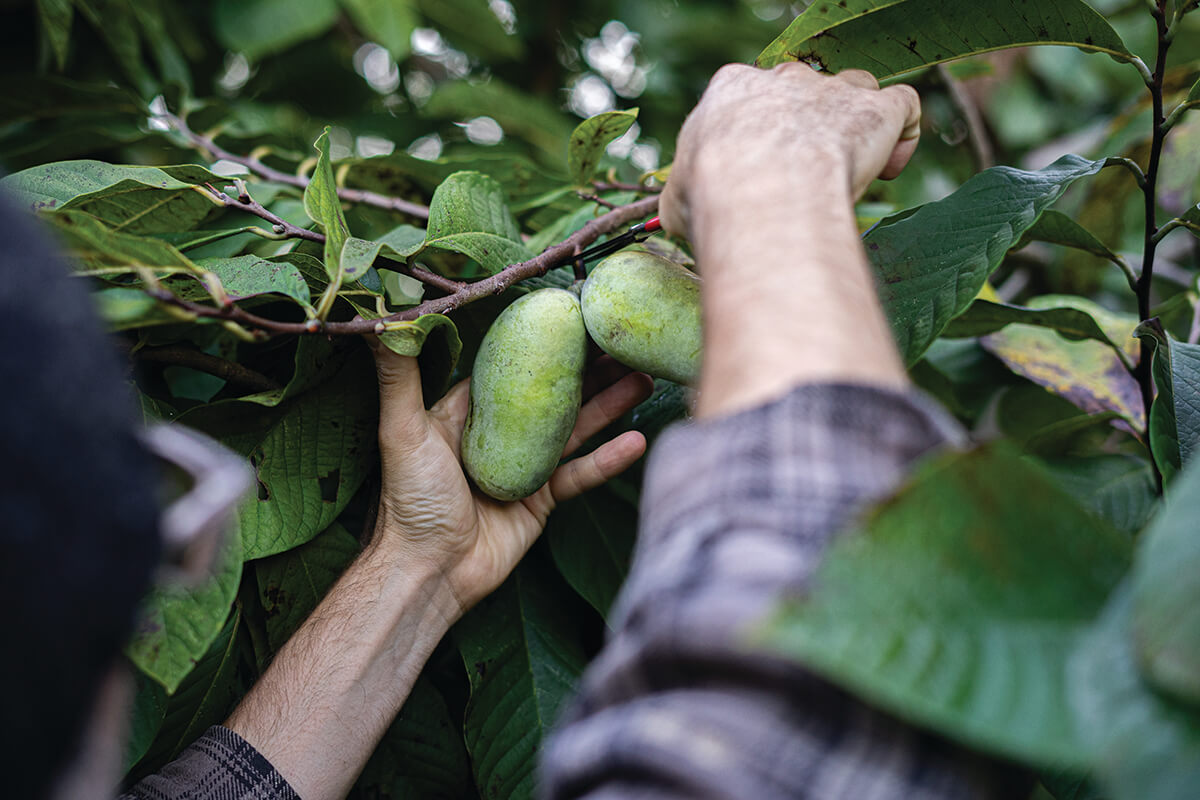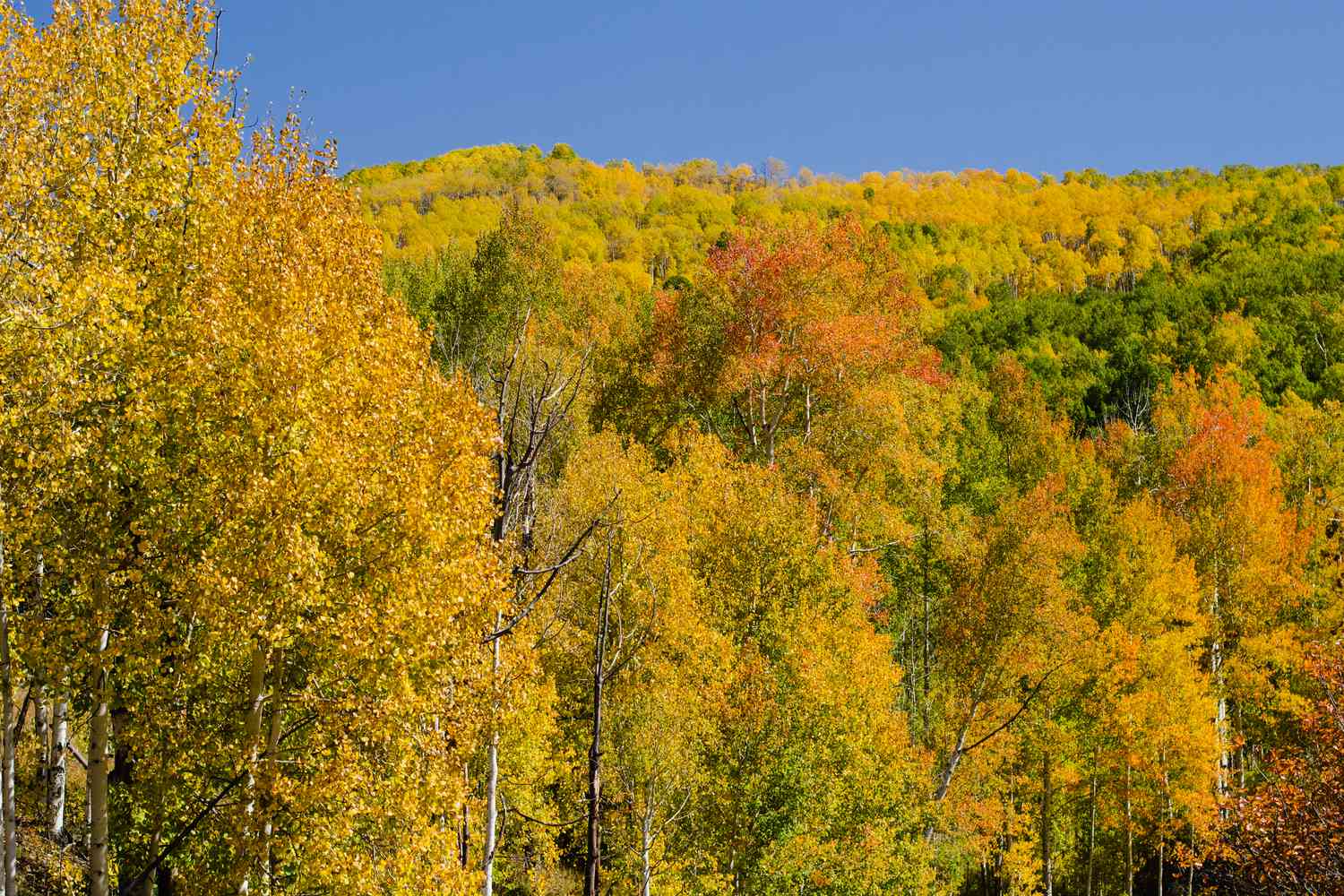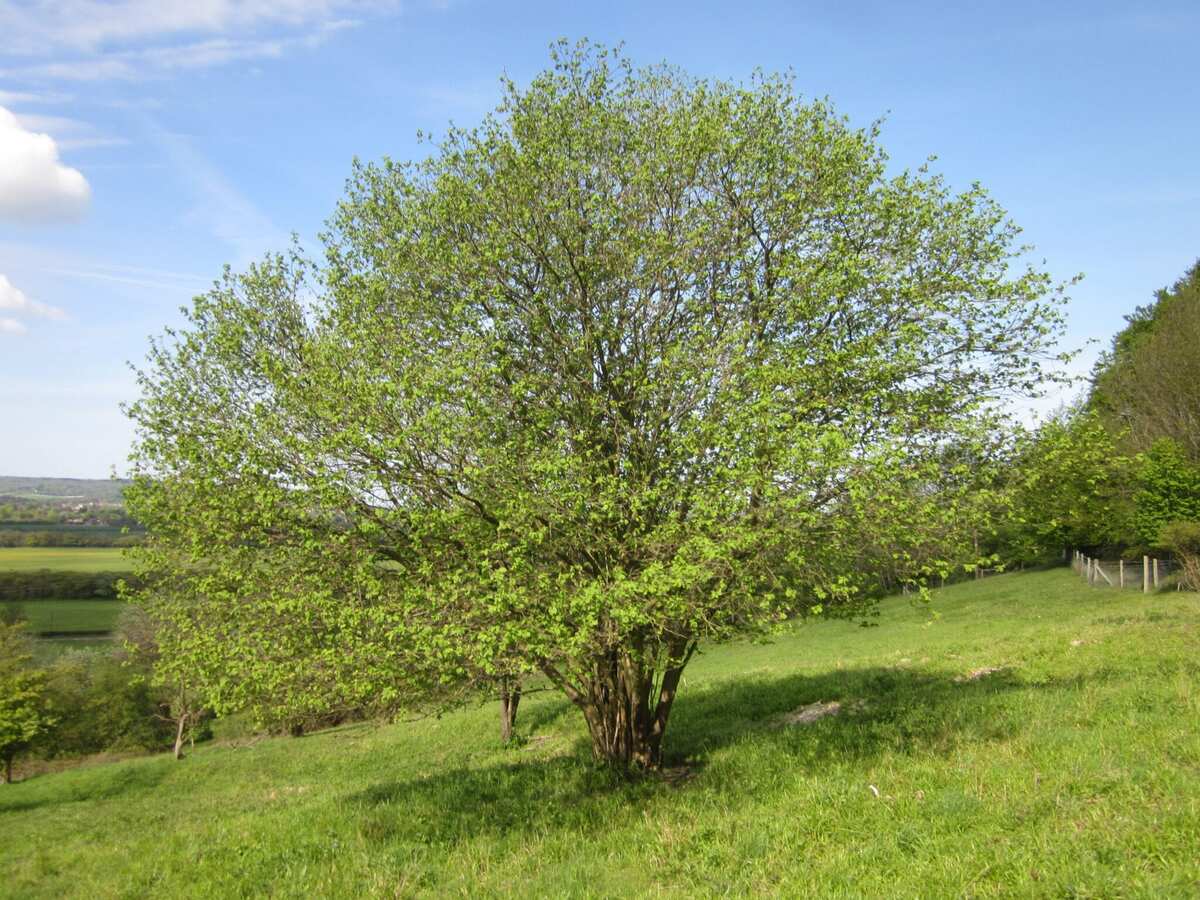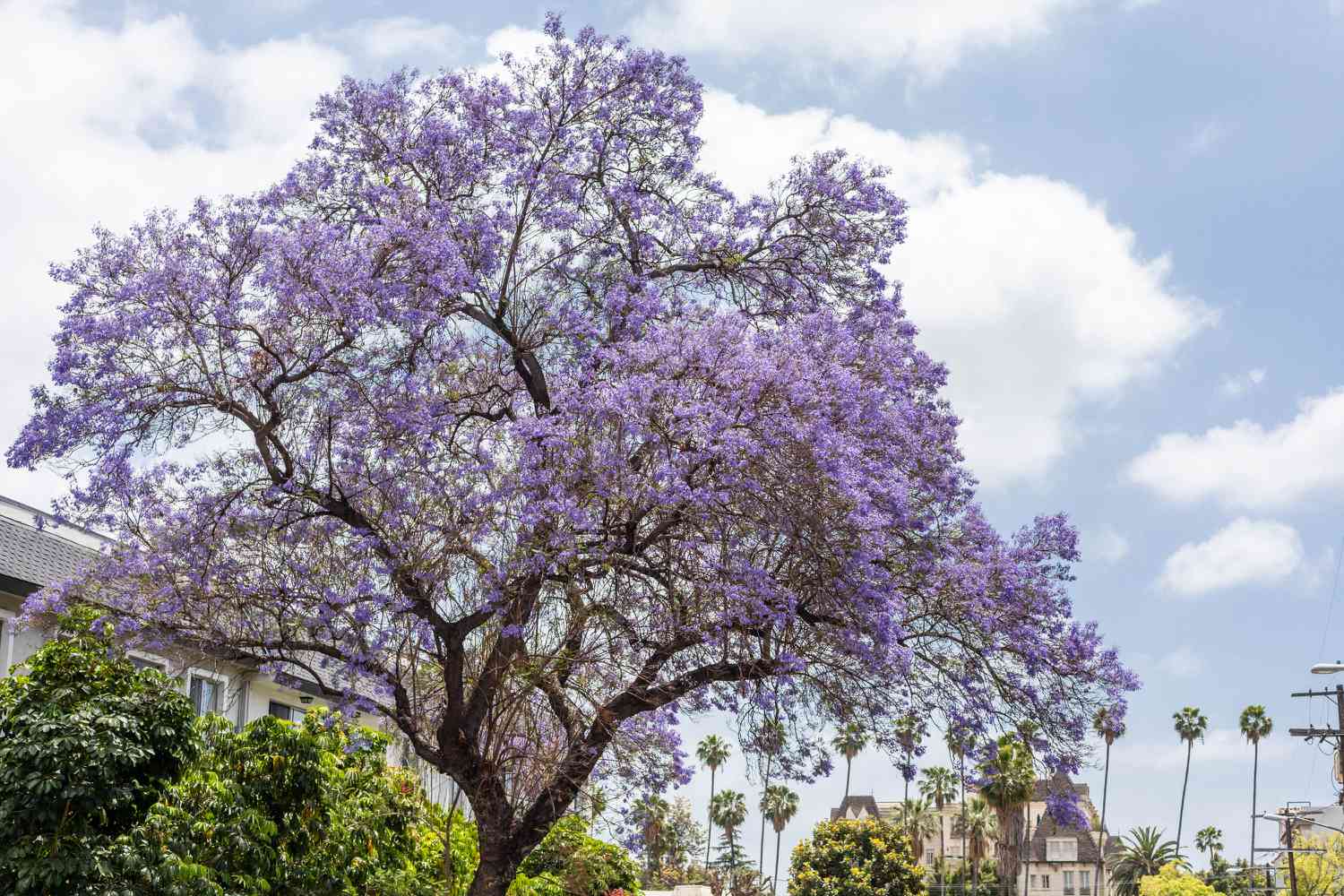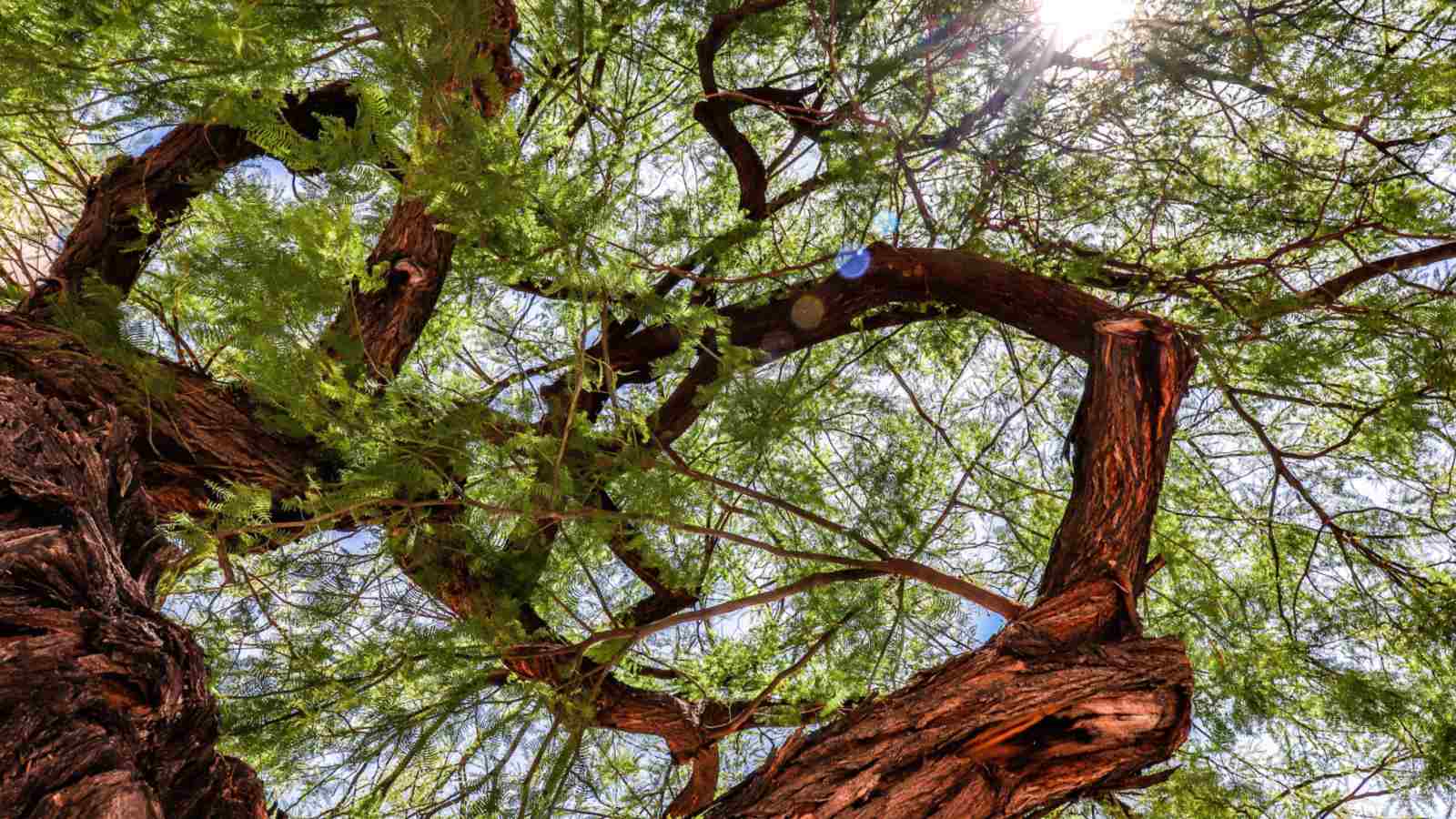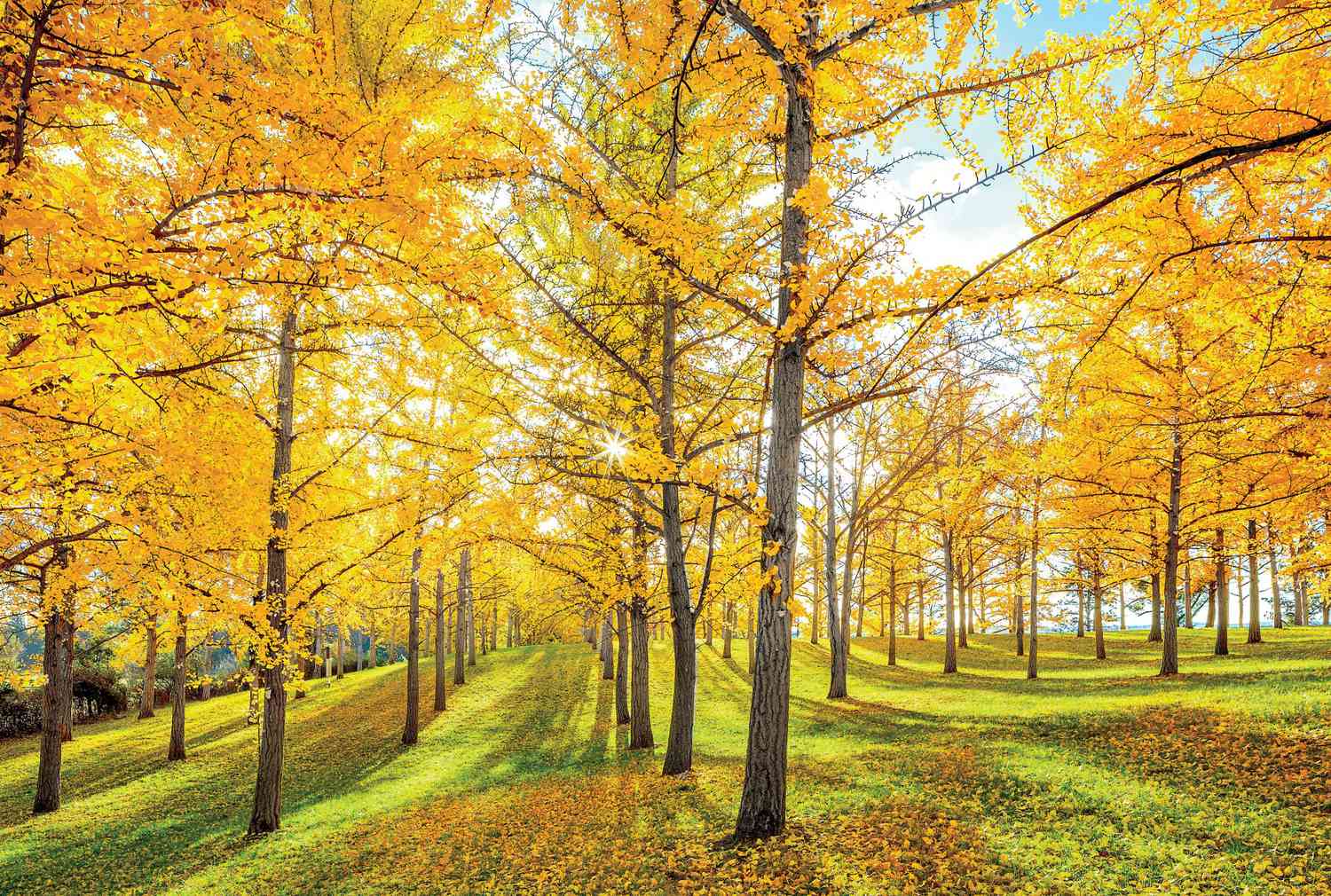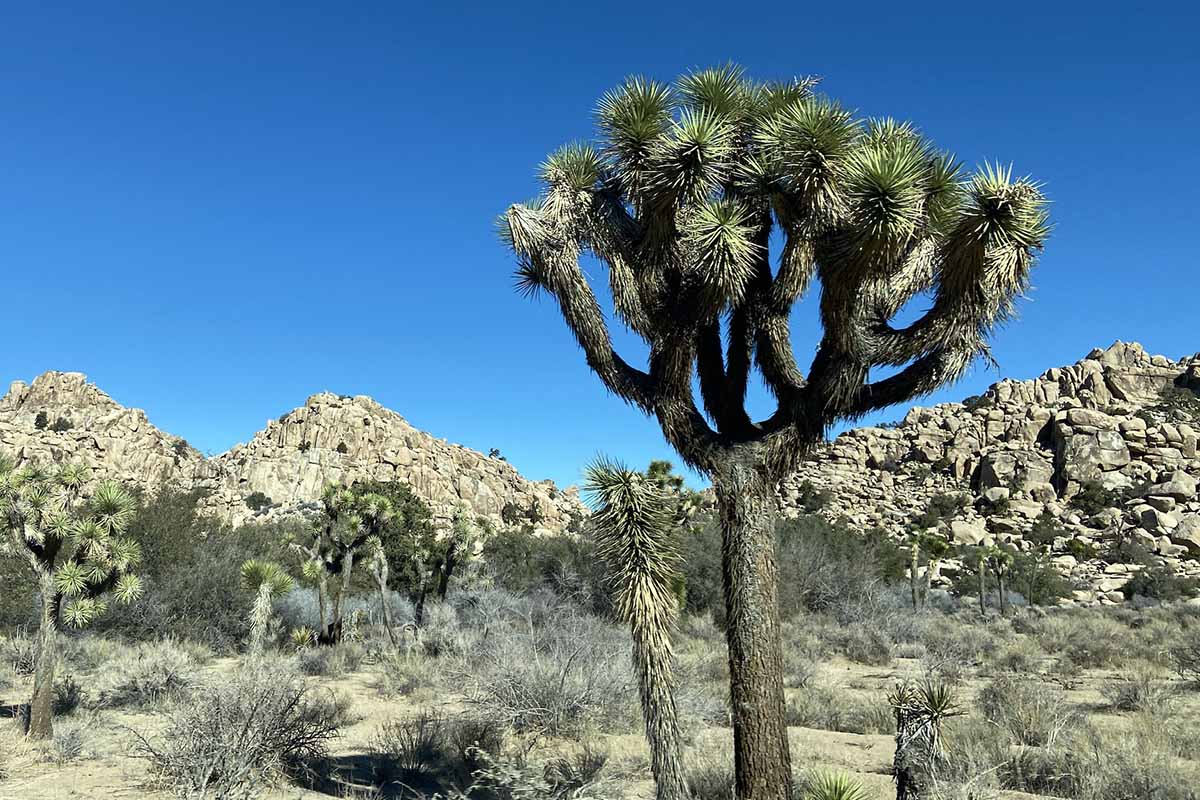Home>Gardening News and Trends>Latest News>Where Do Buckeye Trees Grow
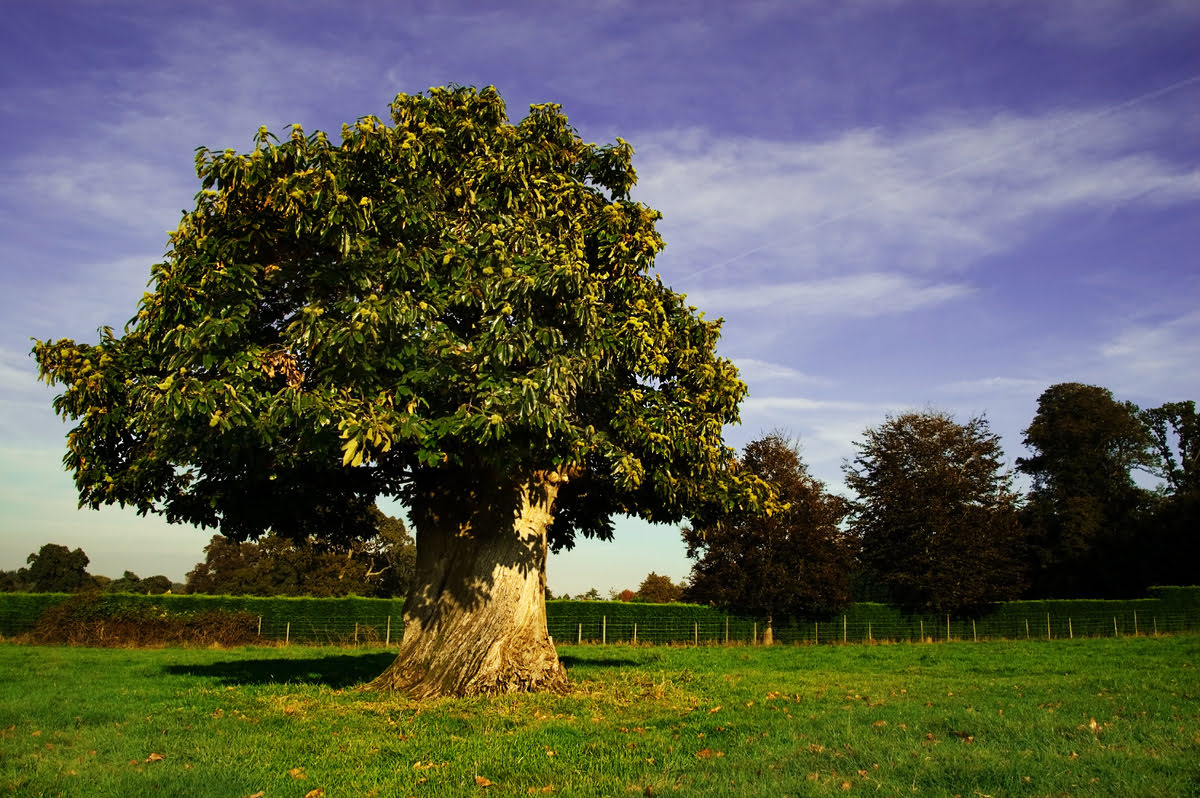

Latest News
Where Do Buckeye Trees Grow
Published: October 31, 2023
Discover the latest news about where buckeye trees grow and learn about their ideal conditions. Explore this comprehensive guide to find out more
(Many of the links in this article redirect to a specific reviewed product. Your purchase of these products through affiliate links helps to generate commission for Chicagolandgardening.com, at no extra cost. Learn more)
Table of Contents
Introduction
The buckeye tree is a fascinating and iconic species known for its beautiful foliage and distinctive nuts. Found in various parts of North America, these trees have a rich history and are valued for their aesthetic appeal, ecological importance, and commercial uses.
Named after their resemblance to the eye of a male deer, buckeye trees belong to the genus Aesculus and are part of the Sapindaceae family. With their large compound leaves and showy spikes of flowers, these trees are a sight to behold.
Throughout this article, we will explore the geographic range, climate requirements, native habitat, distribution in North America, cultivation and landscape use, commercial uses, different species of buckeye trees, and their threats and conservation status. Let’s dive in and learn more about these intriguing trees.
Buckle up as we embark on a journey to discover where buckeye trees grow and the various aspects that make them unique.
Geographic Range
Buckeye trees are primarily native to North America, with their geographic range encompassing several states in the United States and parts of Canada. They can be found in regions with a temperate climate, where they thrive in a variety of habitats.
In the United States, the buckeye tree is most commonly found in the eastern and central regions, including states such as Ohio, Indiana, Kentucky, Tennessee, Pennsylvania, and West Virginia. These states are often referred to as the “Buckeye Belt” due to the prevalence of buckeye trees within their borders.
While the majority of buckeye trees are found in the eastern United States, they can also be spotted in select areas of the western states such as California and Oregon. Furthermore, smaller pockets of buckeye trees can be found in parts of Canada, particularly in Ontario and Quebec.
It is worth noting that the specific range of buckeye trees can vary depending on the species. For example, the Ohio buckeye (Aesculus glabra) is primarily found in the Midwest and eastern United States, while the California buckeye (Aesculus californica) is endemic to California.
Overall, buckeye trees have a wide geographic range in North America, spanning diverse ecosystems and climates. Their adaptability allows them to flourish in different soil conditions, elevations, and temperature ranges, making them a common sight in many parts of the continent.
Climate Requirements
Buckeye trees are known for their ability to thrive in a range of climate conditions, although specific requirements can vary depending on the species. Generally, these trees prefer temperate climates with mild to moderate summers and cold winters.
Most buckeye species are adapted to regions with a distinct four-season climate. They can tolerate temperatures ranging from below freezing in winter to hot and humid conditions in summer. This adaptability makes buckeye trees well-suited for growth in a wide range of locations.
While buckeye trees are relatively cold-hardy, they do have their limits. The specific minimum temperature tolerance can vary depending on the species, but in general, they can survive temperatures as low as -20°F (-29°C) without significant damage. However, extremely cold or prolonged freezing temperatures may cause harm to their leaves, buds, or overall health.
In terms of rainfall, buckeye trees have moderate water requirements. They prefer well-drained soil and appreciate regular watering, especially during dry periods. However, they are also capable of withstanding short periods of drought.
When it comes to sunlight, buckeye trees are adaptable and can grow in both full sun and partial shade. However, they tend to have denser foliage and more vigorous growth in areas with ample sunlight. Partial shade can be beneficial in regions with intense summer heat.
It is important to note that while buckeye trees are resilient in various climate conditions, they may struggle or fail to thrive in extreme environments such as arid deserts or high-altitude mountain regions. In such cases, it is advisable to choose buckeye species that are specifically adapted to those unique conditions, if available.
Overall, buckeye trees are known for their adaptability to a range of climates. They can withstand both hot and cold temperatures, moderate water availability, and varying levels of sunlight. These characteristics contribute to their widespread distribution and successful growth across different regions.
Native Habitat
The native habitat of buckeye trees can vary depending on the species, but they are commonly found in woodland areas, forests, and along riverbanks. These trees have adapted to thrive in diverse ecosystems, contributing to their wide geographic distribution.
Many buckeye species thrive in areas with moderately fertile, moist, and well-drained soil. They can be found in both upland and lowland habitats, tolerating a range of soil types, including sandy, loamy, and clay soils.
One primary characteristic of buckeye trees is their preference for areas with ample sunlight. They often grow in open spaces within forests or on the edges of wooded areas, taking advantage of the available sunlight to support their growth and development.
In terms of elevation, buckeye trees are generally found in lower to mid-range elevations, although there are some species that can withstand higher altitudes. These trees are adaptable and can thrive in regions ranging from sea level up to several thousand feet above sea level.
Buckeye trees also exhibit a certain level of tolerance for occasional flooding. They can be found near riverbanks and in riparian zones, where the fluctuating water levels provide additional nutrients and moisture for their roots.
Furthermore, buckeye trees have an important ecological role in their native habitats. They provide shade, shelter, and food sources for a variety of wildlife species, including birds, insects, and small mammals. The flowers of buckeye trees are particularly attractive to pollinators, such as bees and butterflies, contributing to biodiversity in their ecosystems.
The native habitat of buckeye trees varies across the different species and their specific geographic range. However, they can generally be found in woodlands, forests, and riparian zones, thriving in areas with moderate soil fertility, ample sunlight, and occasional flooding. Their presence in these habitats adds to the ecological diversity and wildlife support of these areas.
Distribution in North America
Buckeye trees have a diverse distribution across North America, with varying species found in different regions of the continent. While some species have a more limited range, others can be found in multiple states and provinces.
The Ohio buckeye (Aesculus glabra) is one of the most well-known species and is primarily found in the eastern United States. It is native to states such as Ohio, Indiana, Kentucky, and Tennessee. These areas, collectively known as the “Buckeye Belt,” host thriving populations of Ohio buckeye trees.
The yellow buckeye (Aesculus flava) is another species found in the eastern United States. It ranges from the southern Appalachians up to parts of Pennsylvania and New York, covering states such as Virginia, North Carolina, and Tennessee.
Meanwhile, the California buckeye (Aesculus californica) is mainly found in California, particularly in the foothills of the Sierra Nevada and coastal ranges. Its distribution extends from southern Oregon down to Baja California in Mexico.
Other species, such as the painted buckeye (Aesculus sylvatica) and the red buckeye (Aesculus pavia), have more localized distributions. The painted buckeye is predominantly found in the southeastern United States, including states like Georgia, Alabama, and Florida. The red buckeye, on the other hand, is primarily located in the southeastern and south-central regions, ranging from Texas to Virginia.
In Canada, buckeye trees can be found in Ontario and Quebec. While their populations are smaller compared to the United States, they contribute to the overall diversity of flora in these provinces.
The distribution of buckeye trees across North America is influenced by various factors, including climate suitability, soil conditions, and historical factors such as seed dispersal and migration. The different species can be found in specific regions, each with its own unique characteristics and habitat preferences.
Overall, buckeye trees have a significant presence throughout North America, with various species enriching the landscapes of different states and provinces. Their distinct foliage, attractive flowers, and ecological value make them a beloved and iconic part of the continent’s natural heritage.
Cultivation and Landscape Use
Buckeye trees are not only cherished for their natural beauty but are also popular choices for cultivation and landscaping purposes. Their striking foliage, attractive flowers, and unique nuts make them an excellent addition to various outdoor spaces.
When it comes to cultivation, buckeye trees can be grown from seeds or purchased as nursery-grown specimens. Starting them from seeds requires a period of stratification, mimicking the natural winter conditions, to enhance germination. Once established, buckeye trees are relatively low-maintenance and can adapt to a range of soil types.
These trees are often used in landscaping projects to provide shade and create a focal point. Their large, compound leaves and showy flowers make them visually appealing, adding a touch of elegance to gardens, parks, and residential landscapes.
In addition to their aesthetic appeal, buckeye trees also contribute to the ecological value of landscapes. Their flowers serve as a nectar source for pollinators, supporting local bee and butterfly populations. The nuts produced by buckeye trees are eaten by a variety of wildlife, including squirrels and birds, adding to the biodiversity of the area.
Furthermore, buckeye trees are known for their ability to withstand urban environments and urban heat island effects. They are tolerant of air pollution and can thrive even in compacted soils, making them suitable choices for cityscapes, streetscapes, and urban gardens.
It’s important to consider the specific species and their growth habits when using buckeye trees in landscaping. Some species, like the Ohio buckeye, have a spreading habit, requiring adequate space to allow for their expansive canopy. Others, such as the red buckeye, are smaller in size and can be planted in more confined areas.
Overall, buckeye trees offer a unique combination of beauty, adaptability, and ecological benefits, making them highly sought after for cultivation and landscape use. With proper care and suitable placement, these trees can enhance the visual appeal, provide shade, support local pollinators, and contribute to the overall health and biodiversity of outdoor spaces.
Commercial Uses
Buckeye trees have various commercial uses, ranging from their wood to the medicinal properties associated with their nuts and leaves. These utilization practices have longstanding historical and cultural significance in different regions.
One of the primary commercial uses of buckeye trees is the production of lumber. The wood of certain species, such as the Ohio buckeye, is light in weight and easily worked, making it suitable for crafting furniture, cabinets, and decorative items. It is also used for making musical instruments like guitars and banjos due to its resonance properties.
In addition to its use as lumber, the wood of buckeye trees has been historically employed for traditional crafts and woodworking. Artisans and woodworkers create intricate carvings, sculptures, and turned objects using the unique grains and colors of buckeye wood.
Furthermore, buckeye nuts have cultural and medicinal significance. While the nuts themselves are toxic and inedible due to their high levels of saponins, they have been traditionally used for various purposes. Native American tribes once used buckeye nuts in traditional and spiritual rituals, such as for making jewelry or as good luck charms.
In terms of medicinal uses, certain compounds extracted from buckeye nuts and leaves have been used in traditional medicine. These compounds, such as aescin, have been known for their anti-inflammatory and analgesic properties. However, it is important to note that the internal use of buckeye preparations is not recommended without proper medical guidance due to the toxic nature of the nuts.
Beyond woodworking and medicinal applications, the ornamental value of buckeye trees has contributed to their availability in nurseries and garden centers. Many homeowners and landscapers choose to incorporate these trees into their landscapes due to their aesthetic appeal, especially during the flowering season.
Overall, buckeye trees offer various commercial uses, including lumber, woodworking, traditional crafts, and medicinal properties. While the opportunities for commercial utilization are diverse, it is essential to consider the safety and sustainability of these practices, ensuring the responsible management of buckeye tree populations for future generations.
Buckeye Tree Species
The buckeye tree belongs to the genus Aesculus and encompasses several distinct species, each with its own unique characteristics and distribution. Let’s explore some of the notable buckeye tree species:
- Ohio Buckeye (Aesculus glabra): This species is native to the eastern and central parts of the United States, including states like Ohio, Indiana, and Kentucky. It is known for its palmately compound leaves, yellowish-green flowers, and distinctive nuts with smooth, brown shells.
- Yellow Buckeye (Aesculus flava): Found in the southeastern United States, this species stands out for its large, compound leaves and showy yellow flowers. Its nut, encased in a bumpy husk, is a valuable food source for wildlife in the region.
- California Buckeye (Aesculus californica): Endemic to California, this species is well-suited to the Mediterranean climate of the state. It has grayish-green leaves, beautiful white to pinkish flowers, and large pear-shaped nuts that are highly toxic if ingested.
- Red Buckeye (Aesculus pavia): Native to the southeastern and south-central regions of the United States, this species is known for its bright red tubular flowers that attract hummingbirds. Its palmate leaves and small, prickly husked nuts make it a distinctive addition to the landscape.
- Painted Buckeye (Aesculus sylvatica): Found in the southeastern United States, this species is valued for its maroon flowers and attractive palmately compound leaves. Its nuts possess a spotted appearance, giving rise to its name “painted” buckeye.
These are just a few examples of the diverse buckeye tree species found across North America. Each species has its own specific range, habitat preferences, and characteristics that contribute to the overall beauty and ecological value of these trees.
It’s worth noting that some species, like the Ohio buckeye and yellow buckeye, have been cultivated and propagated for their ornamental value, making them more readily available in the nursery trade. However, it is crucial to choose buckeye tree species that are suitable for the specific climate and growing conditions of your region.
Whether you are seeking a shade tree, an eye-catching flowering tree, or simply a unique addition to your landscape, buckeye tree species offer a range of options to meet your preferences and requirements.
Threats and Conservation Status
While buckeye trees are widespread and relatively common, they do face certain threats and challenges to their existence. Understanding these threats is crucial for their conservation and long-term survival.
One significant threat to buckeye trees is habitat loss and fragmentation. As human development expands, natural habitats are converted into urban and agricultural areas, resulting in the loss of suitable environments for these trees. This can lead to population declines and decreased genetic diversity.
Invasive species also pose a threat to buckeye trees. Some invasive plants, such as the Japanese beetles and the emerald ash borer, can cause damage to the trees by defoliating or killing them. These pests can negatively impact the health and vitality of buckeye populations if not controlled.
Climate change is another emerging threat. Rising temperatures, altered precipitation patterns, and extreme weather events can affect the growth and survival of buckeye trees. Changes in temperature and rainfall can have profound impacts on their flowering cycles, reproduction, and overall health.
Furthermore, the illegal poaching of buckeye trees and their parts, including the nuts and wood, can threaten their populations. This practice disrupts ecosystems and reduces the abundance of these trees in their natural habitats.
The conservation status of buckeye trees varies depending on the species and their geographic range. While some species, like the Ohio buckeye and yellow buckeye, are relatively common and not of immediate concern, others have more limited ranges and may be classified as threatened or endangered at the state or regional level.
Efforts are being made to protect and conserve buckeye trees and their habitats. Conservation organizations, government agencies, and researchers work together to assess population trends, implement habitat restoration projects, and raise awareness about the importance of these trees for ecosystem health.
Protecting and preserving natural areas where buckeye trees thrive is crucial for their long-term survival. Additionally, planting buckeye trees in urban and suburban landscapes can contribute to their conservation by providing additional habitat and increasing their overall population.
It is also essential for individuals to play a role in conserving buckeye trees. Avoiding the collection of wild buckeye nuts, planting native species in gardens and landscapes, and supporting conservation organizations are some ways individuals can contribute to the preservation of buckeye trees and their ecosystems.
By addressing the threats and implementing conservation measures, we can ensure the continued existence and well-being of buckeye trees for future generations to enjoy.
Conclusion
The buckeye tree is a remarkable and captivating species that holds a special place in the natural landscapes of North America. With its unique foliage, attractive flowers, and distinctive nuts, the buckeye tree has both aesthetic and ecological value.
From the Ohio buckeye in the eastern United States to the California buckeye on the West Coast, these trees have a diverse range and can adapt to various climates and habitats. Their adaptability allows them to thrive in different soil types, elevations, and temperature ranges.
Buckeye trees serve as important components of ecosystems, providing shade, habitat, and food sources for a variety of wildlife. Their flowers attract pollinators, contributing to biodiversity and supporting local bee and butterfly populations.
These trees also have cultural and historical significance, with various indigenous tribes utilizing different parts of the buckeye tree for traditional purposes. Additionally, the commercial uses of buckeye trees, such as their wood and medicinal properties, have played a role in shaping local economies and traditions.
However, like many species, buckeye trees face threats such as habitat loss, invasive species, climate change, and illegal poaching. Efforts to conserve and protect these trees are vital for their continued existence and for maintaining healthy ecosystems.
Conservation organizations, researchers, and individuals all have a role to play in safeguarding buckeye trees and their habitats. Planting native species, supporting conservation initiatives, and raising awareness about their importance in ecosystems are concrete steps that can contribute to their conservation.
By appreciating the beauty and ecological value of buckeye trees, and by taking active measures to protect and conserve them, we can ensure that these remarkable trees continue to thrive and enrich the landscapes of North America.
